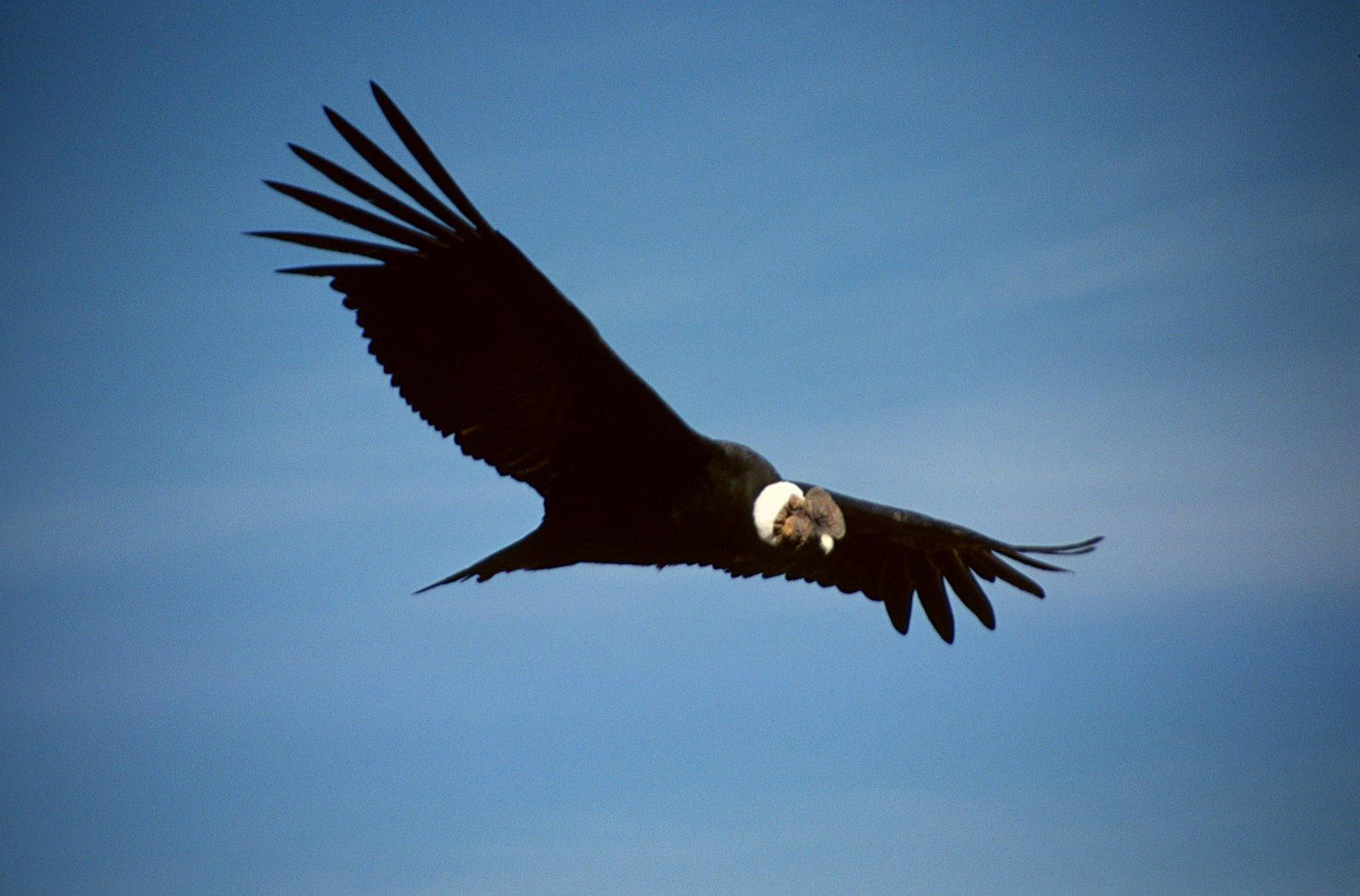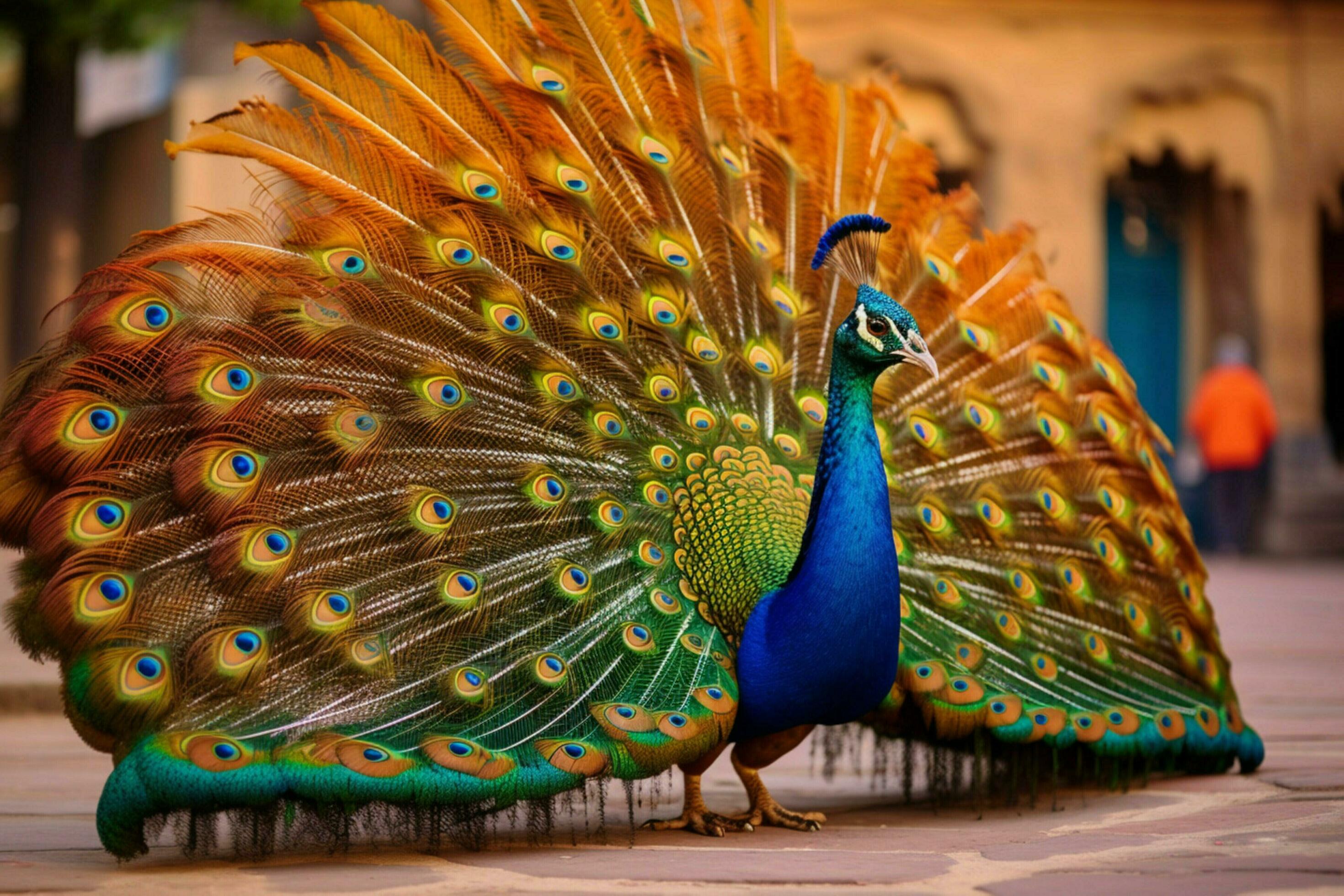Colombia's national bird, the Andean condor, represents the rich biodiversity and cultural heritage of this vibrant South American nation. Known for its impressive wingspan and symbolic significance, this majestic creature has become an iconic figure in Colombian culture. As we explore its fascinating characteristics and role in the ecosystem, you'll discover why this bird is a true marvel of nature.
Colombia's diverse landscapes are home to a wide variety of wildlife, and its national bird stands as a testament to the country's commitment to preserving its natural treasures. The Andean condor's presence in Colombian culture dates back centuries, with deep-rooted connections to indigenous traditions and modern conservation efforts.
In this comprehensive guide, we'll delve into the world of Colombia's national bird, exploring its biology, cultural significance, and the ongoing efforts to protect its habitat. Whether you're a nature enthusiast, a student of ornithology, or simply curious about Colombia's natural wonders, this article will provide valuable insights into the life and legacy of the Andean condor.
Read also:Unveiling The Truth About Movierulzcom Your Ultimate Guide
Table of Contents
- Introduction to Colombia's National Bird
- Biological Characteristics of the Andean Condor
- Natural Habitat and Distribution
- Diet and Feeding Habits
- Cultural Significance in Colombia
- Conservation Efforts and Challenges
- Threats to the Andean Condor Population
- Subheading: Community Involvement in Conservation
- Subheading: The Role of Zoos and Sanctuaries
- Future Prospects for the Andean Condor
Introduction to Colombia's National Bird
Colombia's national bird, the Andean condor (Vultur gryphus), is one of the largest flying birds in the world. This magnificent creature, with its striking black plumage and white neck feathers, has captivated the imagination of people for generations. The Andean condor plays a crucial role in maintaining the ecological balance of its habitat, making it an essential species for biodiversity conservation.
As the national bird of Colombia, the Andean condor symbolizes strength, freedom, and resilience. Its presence in Colombian folklore and art underscores its importance in the cultural identity of the nation. Efforts to protect this endangered species have gained momentum in recent years, highlighting the need for global cooperation in wildlife preservation.
Research conducted by organizations such as the International Union for Conservation of Nature (IUCN) reveals that the Andean condor population faces significant challenges due to habitat loss, poaching, and environmental pollution. Understanding these threats is crucial for developing effective conservation strategies.
Biological Characteristics of the Andean Condor
The Andean condor exhibits remarkable physical traits that make it uniquely adapted to its mountainous environment. With a wingspan of up to 3.2 meters, it is one of the largest birds capable of sustained flight. Here are some key biological characteristics:
- Weight: Adult males typically weigh between 11-15 kilograms, while females are slightly smaller.
- Plumage: The bird's black feathers are complemented by a white collar around the neck and white wing patches.
- Sexual Dimorphism: Males possess a distinctive comb on their heads, which is absent in females.
Studies published in the Journal of Ornithology highlight the condor's exceptional vision and sense of smell, which are vital for locating food sources in rugged terrain.
Natural Habitat and Distribution
The Andean condor primarily inhabits the Andes mountain range, spanning several South American countries, including Colombia. Its preferred habitats include:
Read also:Melanie Cade Net Worth A Comprehensive Look At The Wealth And Achievements Of A Rising Star
- High-altitude grasslands
- Mountainous regions above 3,000 meters
- Remote valleys and cliffs
Data from the World Wildlife Fund (WWF) indicates that Colombia's diverse ecosystems provide critical breeding grounds for the Andean condor, making conservation efforts in this region particularly important.
Diet and Feeding Habits
The Andean condor is a scavenger, relying on carrion as its primary food source. Its diet consists mainly of:
- Large mammal carcasses
- Marine animal remains
- Occasionally, small live prey
This feeding behavior plays a vital role in maintaining the health of ecosystems by removing decomposing matter and preventing the spread of disease.
Cultural Significance in Colombia
In Colombian culture, the Andean condor is revered as a symbol of power and spirituality. Indigenous communities have long associated the bird with the divine, believing it to be a messenger between the earthly and spiritual realms. Modern Colombian art and literature continue to celebrate the condor's majestic presence.
Conservation Efforts and Challenges
Conservation initiatives for Colombia's national bird involve collaboration between government agencies, non-profit organizations, and local communities. Key strategies include:
- Establishing protected areas
- Implementing anti-poaching measures
- Conducting public awareness campaigns
Despite these efforts, challenges such as illegal hunting and habitat destruction persist, requiring sustained commitment from all stakeholders.
Threats to the Andean Condor Population
The Andean condor faces numerous threats that endanger its survival. These include:
- Poisoning from lead ammunition
- Deforestation and urban expansion
- Climate change impacts on breeding patterns
Research by the IUCN Red List highlights the urgent need for comprehensive conservation programs to address these threats.
Subheading: Community Involvement in Conservation
Engaging local communities in conservation efforts is crucial for the long-term survival of the Andean condor. Programs that promote sustainable land use and provide economic incentives for protecting wildlife have shown promising results.
Subheading: The Role of Zoos and Sanctuaries
Zoos and sanctuaries play a vital role in breeding and rehabilitating injured condors. These facilities also serve as educational centers, raising awareness about the importance of conserving Colombia's national bird.
Future Prospects for the Andean Condor
Looking ahead, the future of Colombia's national bird depends on continued global cooperation and innovative conservation strategies. Technological advancements in tracking and monitoring condor populations offer new opportunities for understanding their behavior and habitat needs.
As Colombia continues to prioritize biodiversity conservation, the Andean condor remains a powerful symbol of the nation's commitment to protecting its natural heritage.
Kesimpulan
In conclusion, Colombia's national bird, the Andean condor, represents the beauty and complexity of nature. Through dedicated conservation efforts and community involvement, we can ensure the survival of this magnificent species for future generations. We invite you to share your thoughts and experiences in the comments below, and explore other articles on our site to deepen your understanding of Colombia's rich biodiversity.
Together, we can make a difference in preserving the legacy of Colombia's national bird. Thank you for joining us on this journey of discovery and conservation.

